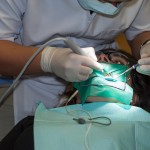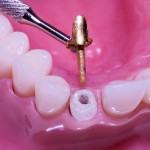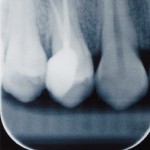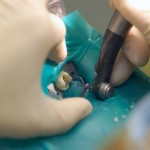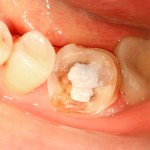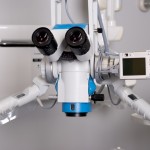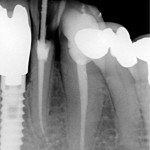
Electronic apex locators (EALs) have used in permanent teeth since the 1960s and they have been gaining in popularity. The use of EALs in the primary dentitions was proposed in 1996. The aim of this review was to compare the accuracy of EALs in primary teeth when compared to actual root canal lengths (ARCLs). Searches [read the full story…]
